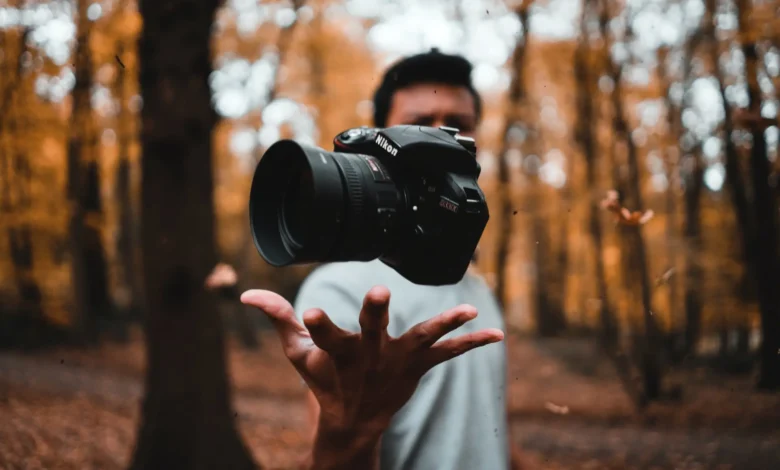The Art of Digital Photography: A Beginner’s Guide

In digital photography, the arena has gradually taken a turn to become a creative playing field for both beginners and professionals. Advanced tools and skills have made photography more about storytelling rather than a technical challenge. Whether you shoot as a hobby or build up a portfolio, learning the essentials in digital photography is the starter point to success.
Editing: Bringing Your Photos to Life
Post-processing is that one point where your vision finally comes alive. Editing software corrects the exposure, color, and sharpness in order to push the image towards your intended creative direction. Tools of cropping and retouching help refine the work with a degree of authenticity.
Equally exciting is the investigation of tools that creatively change visuals. In cases of visual storytelling projects, for example, advanced features like an AI photo generator will enhance the conceptual side of your work and add an edge of innovation to your portfolio.
Knowing Your Camera: The Basics That Matter
First, your digital camera means either DSLR, mirrorless, or smartphone. Be aware of the basic functioning of a camera: aperture, shutter speed, and ISO. These three are very foundational components of photography; collectively, they are well-known as the exposure triangle.
Aperture controls the depth of field, which is basically that portion of your picture that retains sharpness.
Shutter Speed controls the motion blur, whether to freeze or accentuate it; ISO changes the brightness of your image, especially in low light. All of this will balance out with practice and work for you to enhance your vision.
Framing and Composition: The Artistic Edge
While the technical know-how is important, the art behind photography remains in how one frames the shot. Consider these various ways of composition that can lift your work to another level:
Rule of Thirds: Always imagine your frame divided as a 3×3 grid and place your subject along the lines or at their intersection for symmetrically appealing compositions. Leading Lines: Sometimes, it is very helpful to take advantage of the leading lines in a scene-be those roads or fences-leading toward your subject to guide your viewer’s eye towards them. Negative Space: Sometimes, allowing space above and around your subject creates an image that can speak volumes in its minimalist style. Composition can be subjective, but it does appear that having the basics really works as a great jumping board to get going with your creative abilities.
Lighting: The Soul of Photography
The basis of photography is based on light. The way the light plays on the subject of your image may make a very basic shot out of this world. There are just about endless ways you can light up something and they include, but are not limited to:
Natural Light: Soft and warm light for portraits or landscapes during the golden hour. Artificial Light: Studio setup or portable lights, full control over how you want elements in your scene to light up. Highs and Lows: It’s great to play with shadows and highlights; this adds depth and intrigue to your photos. Learning to adapt to different lighting conditions will really help in the capturing of mood and texture.
Building a Portfolio: Publishing Your Work
Portfolio represents a window to the world in terms of style and creativity, reflecting your best works through generations that span portraits to landscapes. Social networks will create amazing avenues for sharing your pictures and mingling with other artists and getting inspiration. Let’s move on to trend-following now. Keeping With Trends: Staying Relevant
Digital photography will always be in flux because technologies and culture change rapidly. Keeping up with popular aesthetics, editing styles, and techniques emerging can keep your work fresh and relevant. Consider joining photography forums, taking challenges, and going to exhibitions for inspiration.
Conclusion
Digital photography is all about finding that delicate balance between the technical and the artistic. Mastering the basics, playing with the tools, and continuous improvement of one’s skill can turn the blink of a moment into timeless storytelling. Enjoy the process; let your passion for photography lead you as you grow.
likecopy
added change





